- The UAE is building the world's largest single photovoltaic power plant and will be ready to bid farewell to the last drop of oil
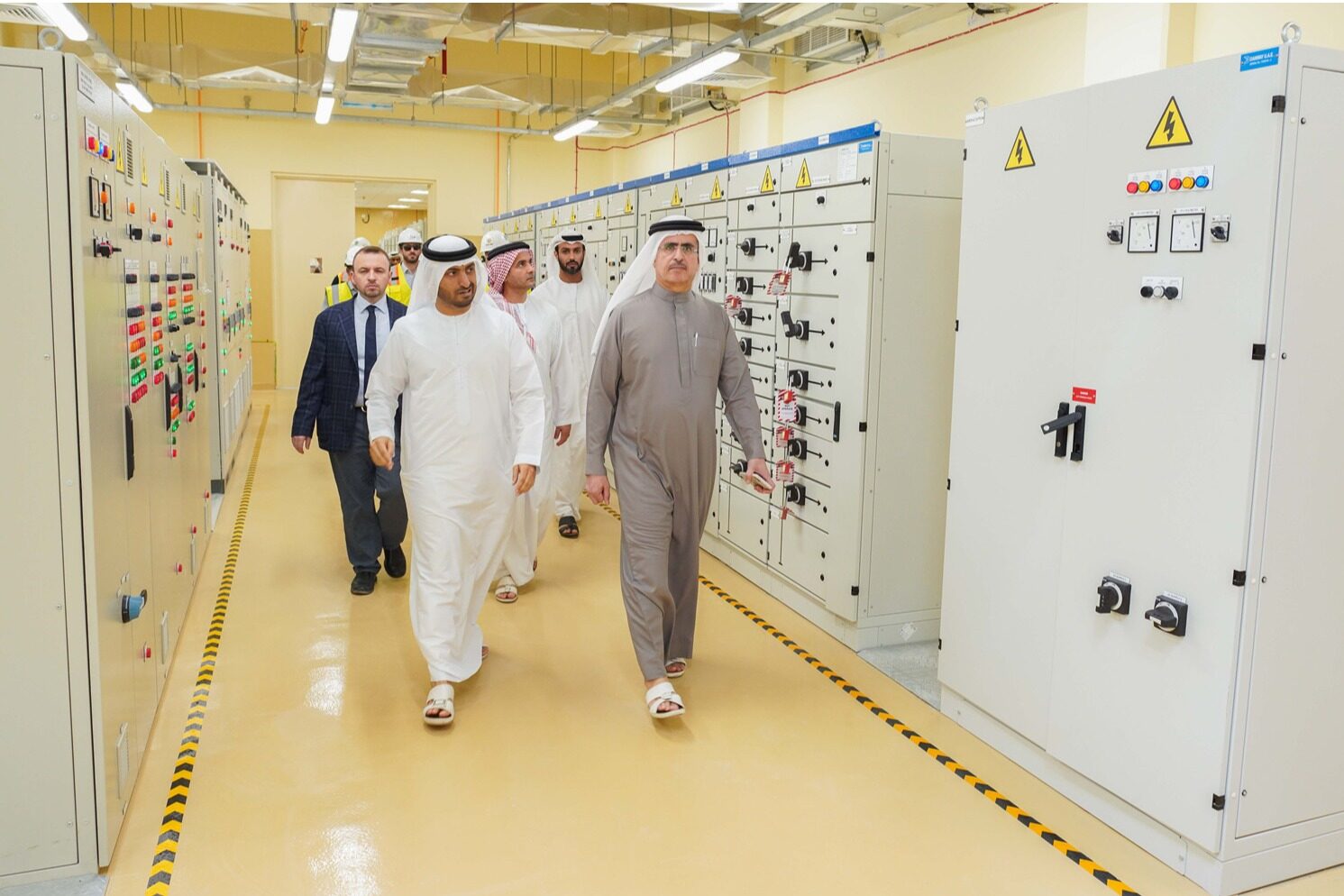
In recent years, the Gulf countries have embarked on the road of energy transformation, and photovoltaic power generation has become the first choice of most countries. The emirate of Abu Dhabi is the largest emirate in the United Arab Emirates, accounting for more than 3/4 of the total area of the United Arab Emirates. It is the richest emirate in the United Arab Emirates except Dubai.
Abu Dhabi is working to promote a variety of renewable and clean energy projects, including three major solar power plants: Noor Abu Dhabi Power Station, with an installed capacity of about 1.2 GW, which began commercial operations in 2019; The Al Dhafra Solar PV project (Al Dhafra Solar PV), is the world's largest single-site solar power plant with an installed capacity of 2.1 GW; and the Al Ajban Solar PV project (Al Ajban Solar PV), which is under development, has the same scale The Dafula project is similar. This means that Abu Dhabi will have three of the largest single-site solar power plants in the world. At present, the largest single photovoltaic power station in the world is the Al Dhafula photovoltaic power station in Abu Dhabi, the capital of the United Arab Emirates.
The world's largest photovoltaic power station
Located in Abu Dhabi, the Al Dhafula Solar Power Plant is currently the largest single photovoltaic power plant in the world. The main facilities of the project include: a photovoltaic power generation area with an installed capacity of 2,100 megawatts, and a 33/400 kV booster station and associated switching stations. The project adopts the most advanced photovoltaic power generation technology at present, and is a demonstration and benchmark project in the entire field of solar power plants. Mr. HE Eng.Awaidha Murshed Al Marar, Minister of Energy of Abu Dhabi, said that the Al Dhafula project is very important to the development of green energy in the UAE, and it is an important project to achieve the UAE's 2050 carbon neutrality goal. It is hoped that the world's largest single photovoltaic The project can achieve commercial operation as soon as possible.
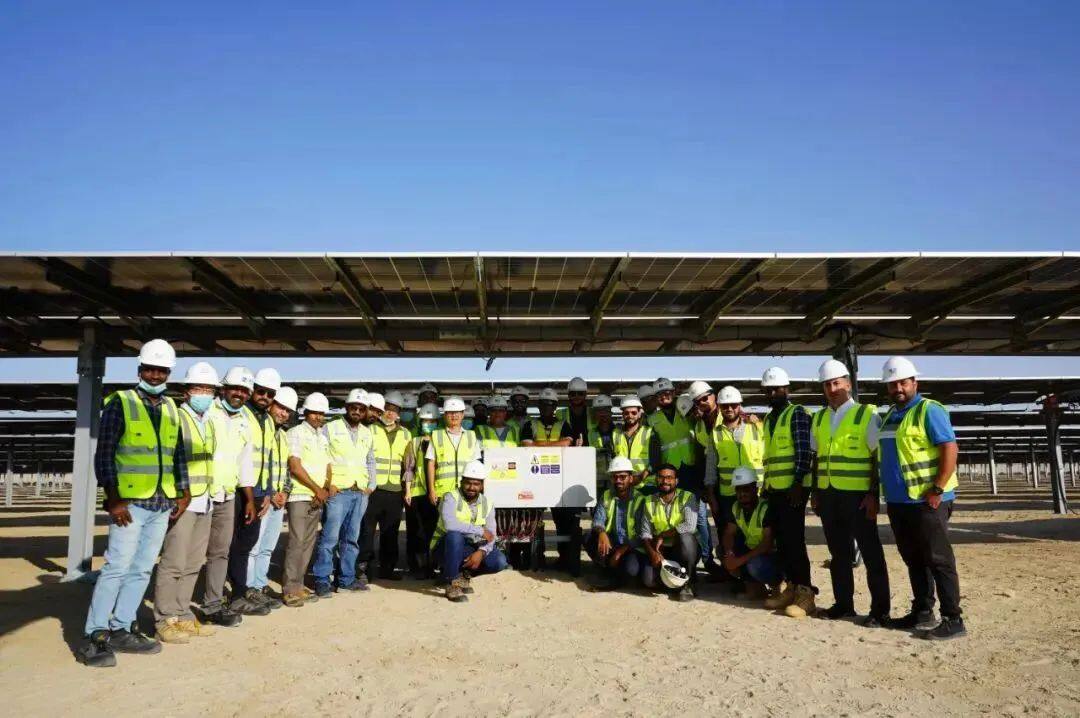
On November 17, 2022, this 2.1 GW photovoltaic power station, which can meet the electricity consumption of 160,000 local households, successfully realized its first grid-connected power generation. After the project is completed, the proportion of clean energy in the UAE's total energy structure will increase to more than 13%, making a valuable contribution to the sustainable development of the UAE's national energy economy.
The CEO of Abu Dhabi National Energy Company said: "The large installed capacity and ultra-low electricity price prove the feasibility of promoting the development of the renewable energy industry at the national level. The AlDhafra project will become a benchmark project in our energy field." The project is comprehensive After commercial operation, it is expected to reduce Abu Dhabi's CO2 emissions by more than 24,000 tons per year, which is equivalent to removing about 470,000 cars from the road. Up to now, the project has brought about more than 5,000 local jobs per month, accumulated local tax payments of USD 7.68 million per month, and achieved 5 million safe working hours, effectively helping the global energy transition.
After the Al Dhafra project is completed, it will help promote Abu Dhabi's energy transformation and sustainable development. It will also be a milestone photovoltaic project in the field of green energy under China's Belt and Road Initiative, and it will serve as a technical demonstration and benchmark for the entire photovoltaic industry. Abu Dhabi is one step closer to its transformational goals as planned by the UAE's strategic initiative to achieve Net Zero by 2050, paving the way for future generations. For Abu Dhabi and the UAE as a whole, the development of green innovation in the energy sector has never been more dynamic.
Vigorously develop photovoltaic and photothermal industries
As the third largest oil producer among OPEC members, the UAE's oil production has remained stable at 3 million barrels per day to 3.5 million barrels per day, and it plans to increase production to 5 million barrels per day by 2030. Despite having abundant oil and gas resources, the UAE government attaches great importance to the development of clean energy in order to reduce dependence on traditional energy sources and achieve diversified energy supply. As Abu Dhabi Crown Prince Mohammed said, the UAE has taken a solid first step in sustainable energy development and is ready to bid farewell to the last drop of oil.
To this end, the UAE government has formulated a 2050 energy strategy, with the goal of achieving 50% of energy supply from clean energy by 2050. In fact, according to the Dubai 2050 Clean Energy Strategy, this figure will reach 75%. It is estimated that by 2050, the UAE's overall carbon emissions will be reduced by 70%.
In order to improve the level of energy policy formulation and give full play to the leading role of government departments, the UAE officially established the Abu Dhabi Department of Energy in February 2018 to be responsible for energy policy formulation and supervision. After the establishment of the Abu Dhabi Department of Energy, the Abu Dhabi Comprehensive Energy Model was launched. By extracting and analyzing data from more than 10 departments, the development prospects of the UAE's energy sector in the next 10 to 30 years are judged. Suhail, Minister of Energy and Industry of the United Arab Emirates, said that the United Arab Emirates has shown firm determination in developing clean energy and realizing energy transformation. In the field of clean energy, the UAE has invested heavily in the development of various projects, including Noor Abu Dhabi Solar Photovoltaic Power Station, Dubai Maktoum Solar Park, Hatta 250 MW Pumped Storage Power Station, Tawila Reverse Osmosis Seawater Desalination Plant , Barakah Nuclear Power Plant, Masdar Clean Energy City, etc.
After the AlDhafra project is completed, it will become the world's largest single solar power station. According to the official estimate of the Abu Dhabi Energy Company, after the project is completed and put into operation, the power generation capacity will be able to meet the electricity demand of about 160,000 households in the United Arab Emirates, and increase the total installed photovoltaic capacity of Abu Dhabi to about 3.2 GW, which can reduce More than 3.6 million tons of carbon emissions, equivalent to reducing the emissions of 720,000 cars on the road. Not only that, but the project's power generation cost has also set a new low in the world's renewable energy power generation cost. The power generation cost of the project is only US$13.5/MWh, which is lower than the record of US$16.44/MWh set by a photovoltaic power generation project in Portugal in 2019.
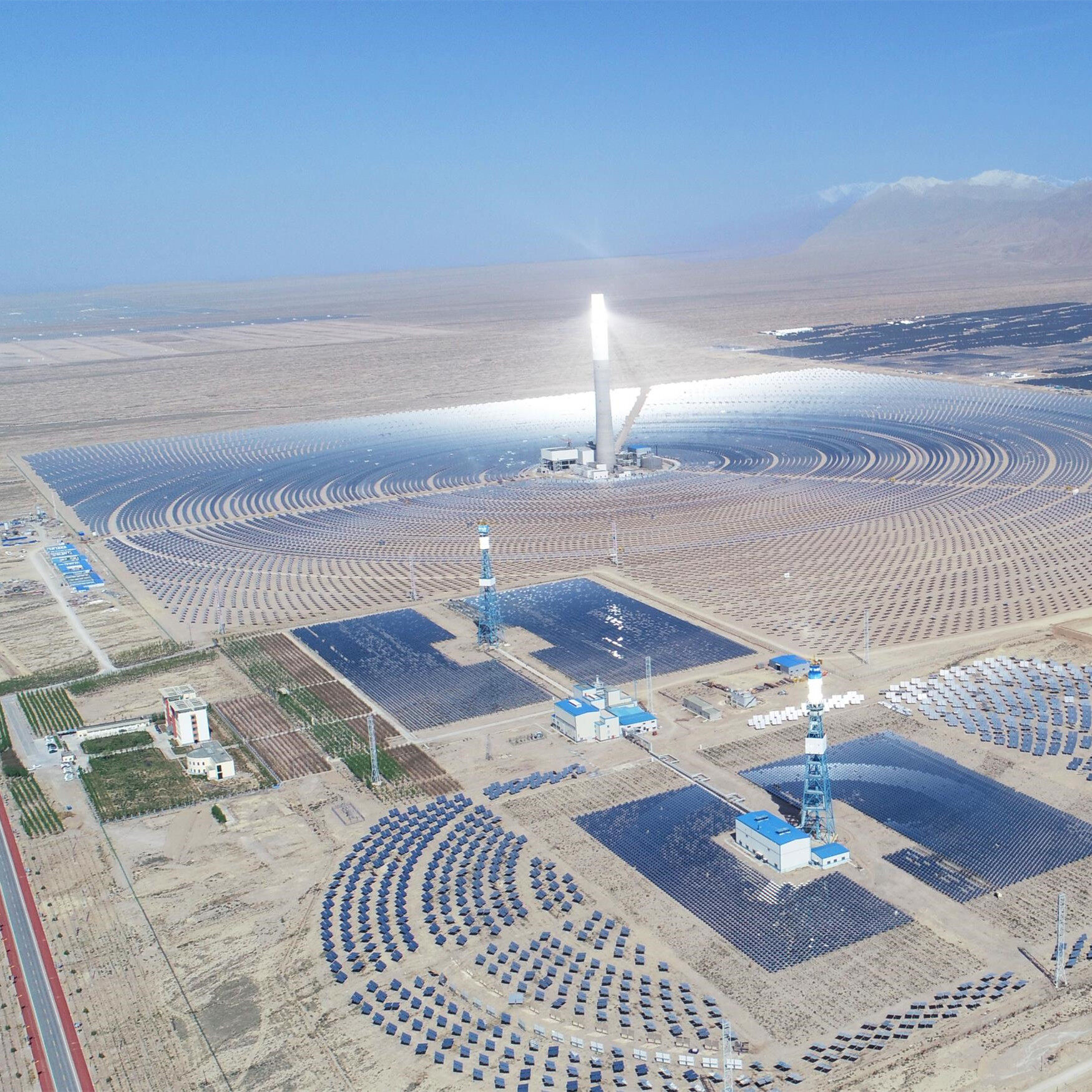
Solar energy is one of the most efficient clean energy sources. Studies have shown that the amount of solar radiation reaching the earth's surface is enough to meet 3000 times the world's energy needs. The earth receives about 1700KW of solar radiation per square meter per year on average. Located in an important place in the Middle East, the UAE is rich in sunlight resources. Dubai receives an average of about 2150KW of solar radiation per square meter per year. Solar energy has become one of the key industries supported by the Dubai government.
The total installed capacity of solar power in the world exceeds 300GW, an increase of 33% in 2016. By 2030, this is projected to increase to 983GW, more than 10% of the expected global total. Among them, photovoltaic power generation (PV) installed capacity was 295GW in 2016 and is expected to increase to 949GW by 2030; solar thermal power generation (CSP) installed capacity was 5GW in 2016 and is expected to increase to 34GW by 2030.
In the UAE, the total installed capacity of solar projects is expected to reach 5360MW by 2030, including 4050MWPV and 1310MW CSP. The United Arab Emirates is ready to bid farewell to the last drop of oil, and has begun to invest heavily in new energy projects such as solar energy, playing a pioneering role in the rapid decline in the cost of new energy sources such as scenery around the world.
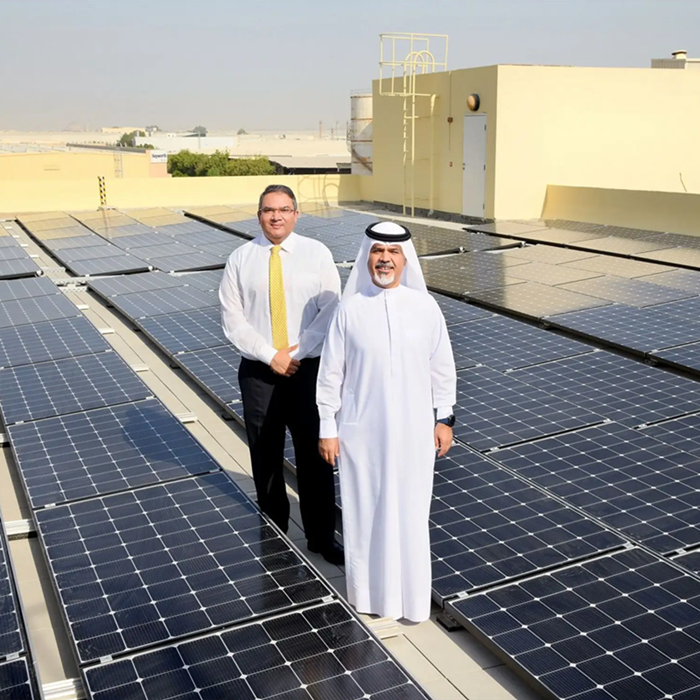
As early as 2012, the Dubai government launched the Mohammed binRashid Al Maktoum Solar Park, also known as the Maktoum Solar Park Planning. As the world's largest one-stop solar project, the park plans to have a total installed capacity of solar power generation systems of 1,000MW by 2020 and 5,000MW (including 1,000MW of solar thermal power stations) by 2030, accounting for 25% of Dubai's total power generation. The 800MW photovoltaic project in the third phase of the park created a record-breaking low electricity price of 2.99 cents/kWh (about 0.2 yuan/kWh). DEWA will actively respond to the Dubai government's "World's Smartest and Happiest City" initiative, committing itself to achieving sustainable city goals and promoting the UAE's transition to a green economy.
Reducing dependence on fossil fuels is an important strategy for global energy structure reform. Governments of all countries should vigorously develop renewable energy sources, including solar energy, wind energy, hydropower, geothermal energy, tides, etc., in order to meet the challenges brought about by climate change and meet the growing energy demand. The latest forecast puts global investment in renewable energy reaching $7.8 trillion by 2040. The international community has realized the importance of promoting renewable energy. By 2030, the renewable energy industry will provide more than 24 million jobs.
Photovoltaic power generation is not only a renewable energy source, but also an important part of many national energy strategies. At present, the world is still dominated by fossil energy, and changes in the international situation are also inseparable from the competition for fossil energy. Energy reserves are the top priority of all countries. But fossil energy is a non-renewable energy after all. Even the Gulf countries with such rich oil reserves are now ready to bid farewell to the last drop of oil, and other countries have deployed renewable energy earlier.
Among the renewable energy sources, photovoltaics is not restricted by location, and its technology is the most mature. Therefore, it has developed rapidly in the past two years. Including Europe, America, China, etc., the reason why countries around the world vigorously develop photovoltaics is not only because photovoltaics are renewable energy, but also for the integrity and safety of the national energy system. In the long run, the cost of photovoltaics will continue to decline. In the future, more and more countries will develop photovoltaics. By then, photovoltaics will usher in a wave of development peaks. Editor/He Yuting
Comment
 1
1
 Collect
Collect
 Comment
Comment
 Search
Search


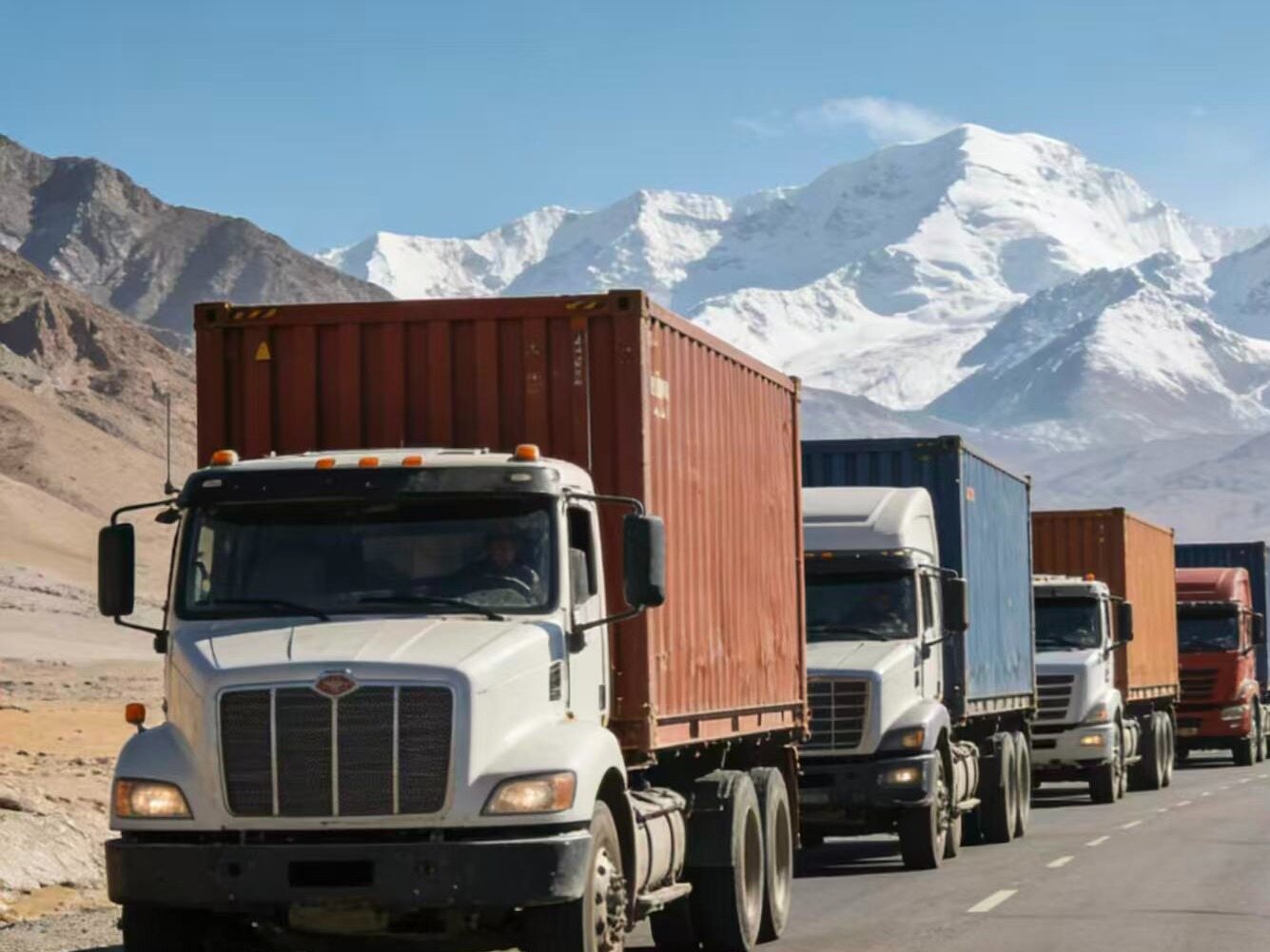
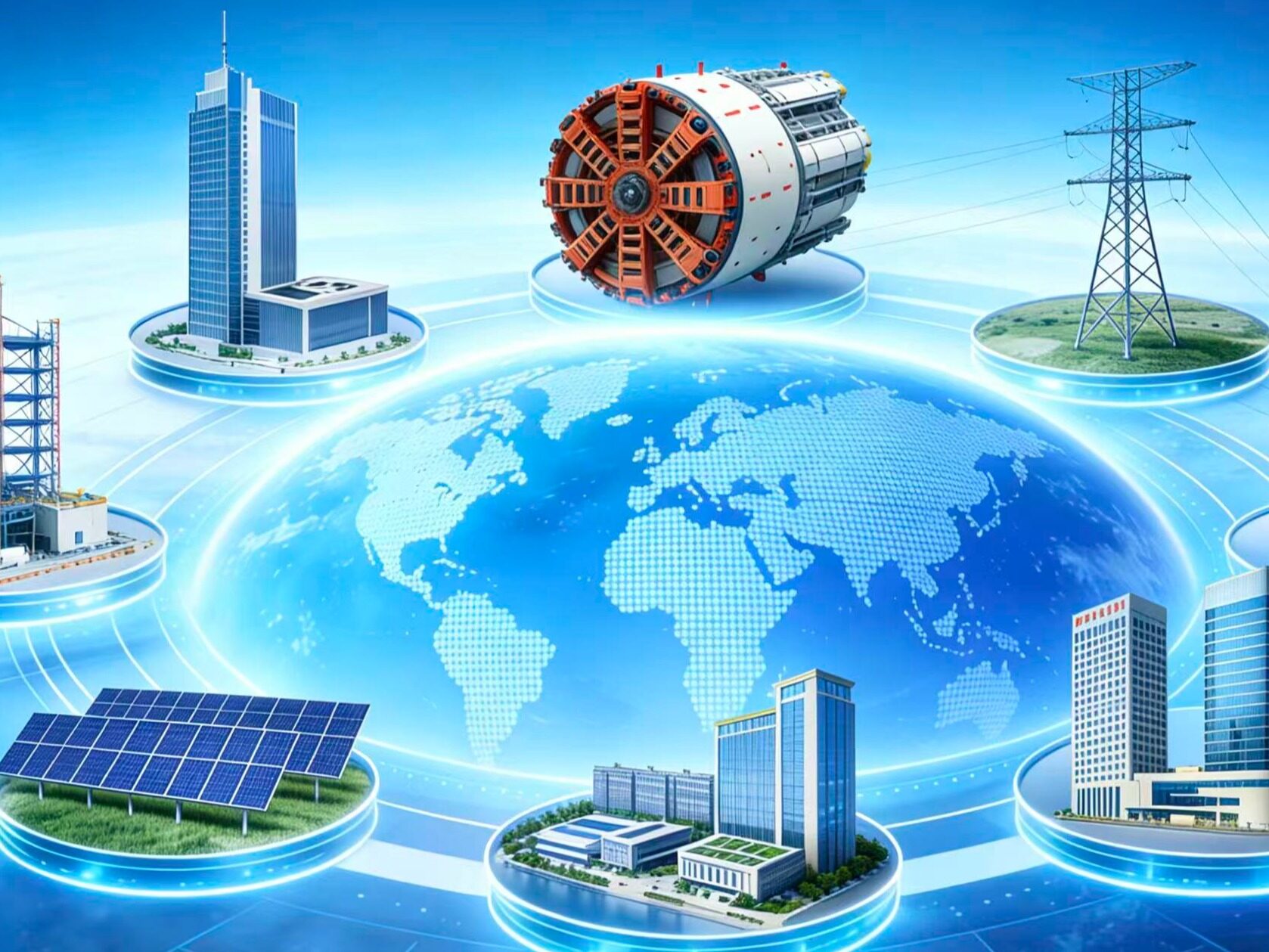
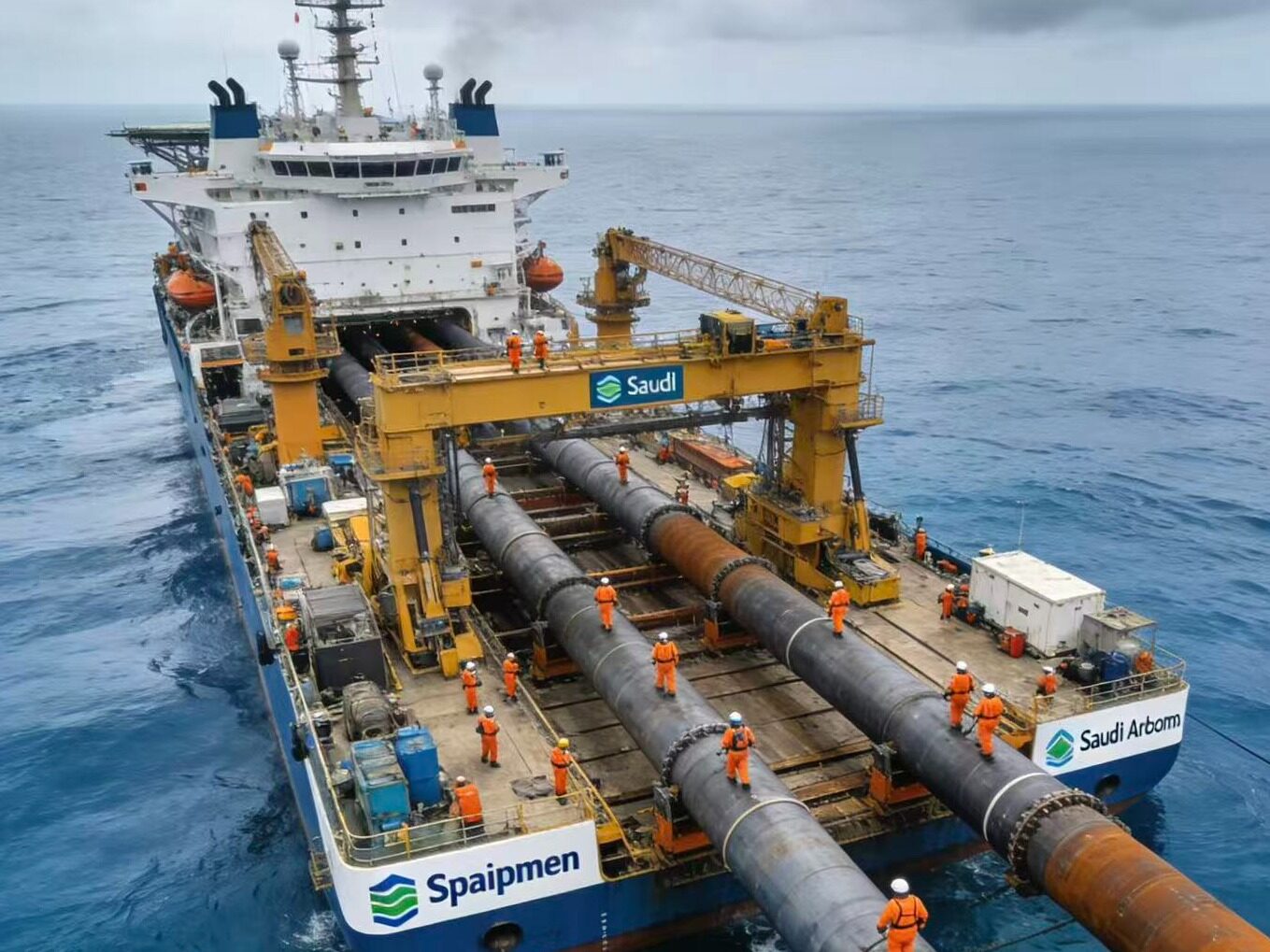
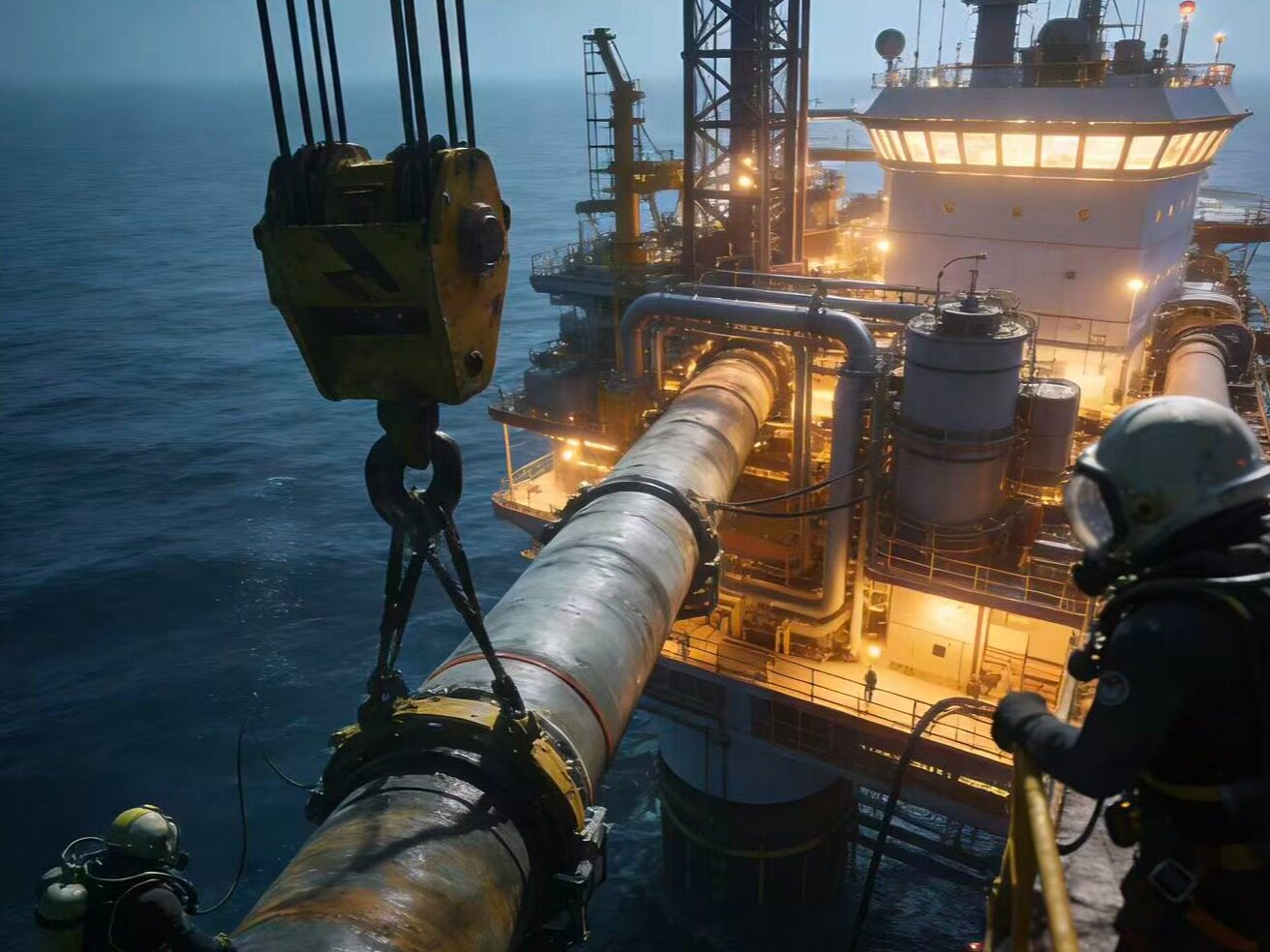
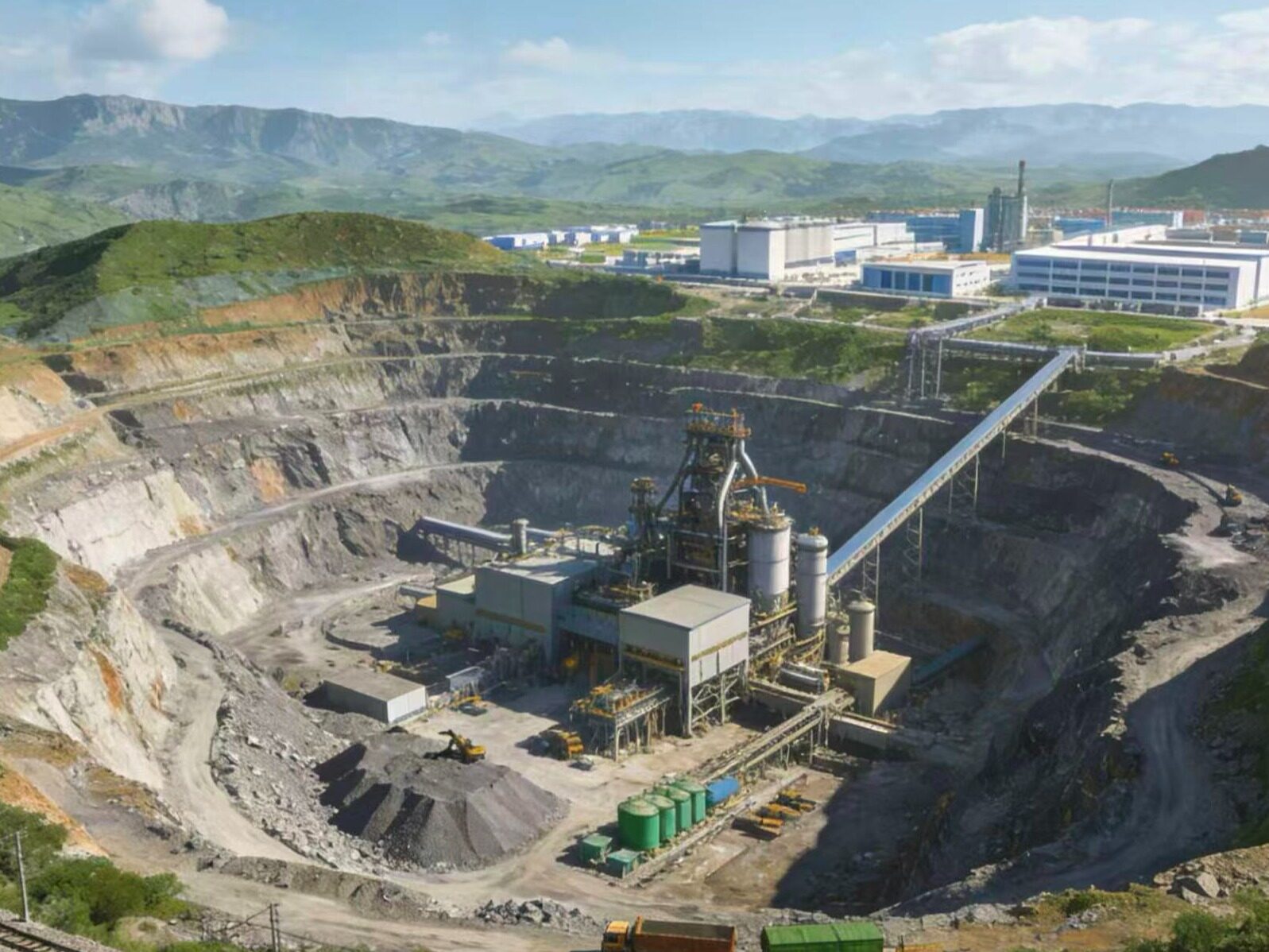
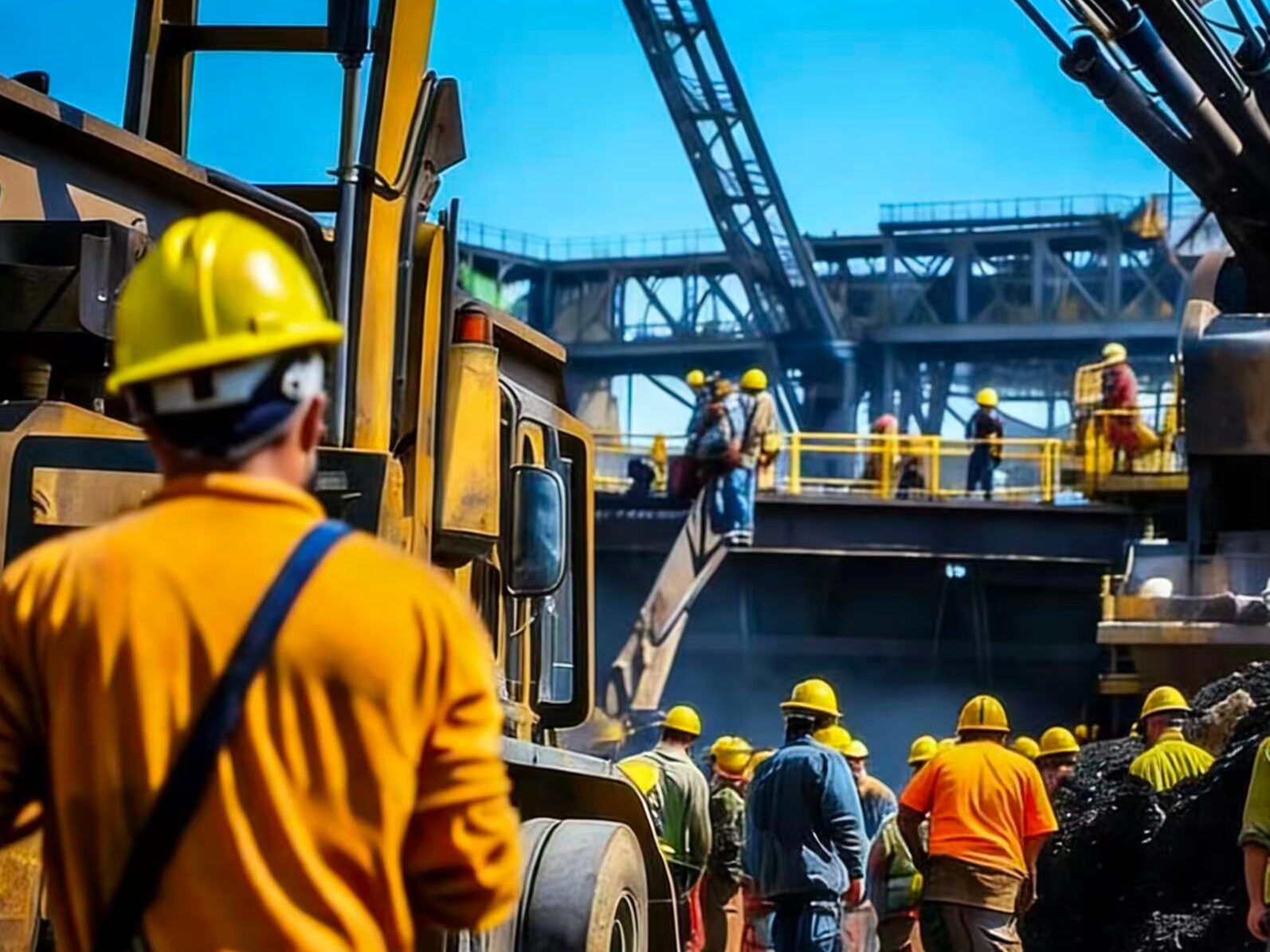






Write something~